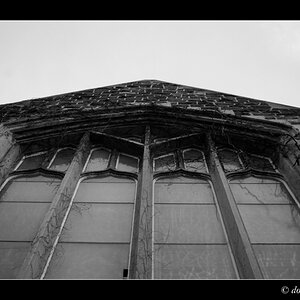feRRari4756
TPF Noob!
- Joined
- Dec 25, 2008
- Messages
- 323
- Reaction score
- 0
Hey guys I starting to take a lot of snowboard pictures. I want to get a shot similar to this one:
http://studentweb.stcloudstate.edu/ocam0501/davos-snowboarder.jpg
I know everything on how to get that shot, but just how do i control the sunlight like to make it look good in the picture without it being blown out in the whole corner of the frame?
Thanks
http://studentweb.stcloudstate.edu/ocam0501/davos-snowboarder.jpg
I know everything on how to get that shot, but just how do i control the sunlight like to make it look good in the picture without it being blown out in the whole corner of the frame?
Thanks



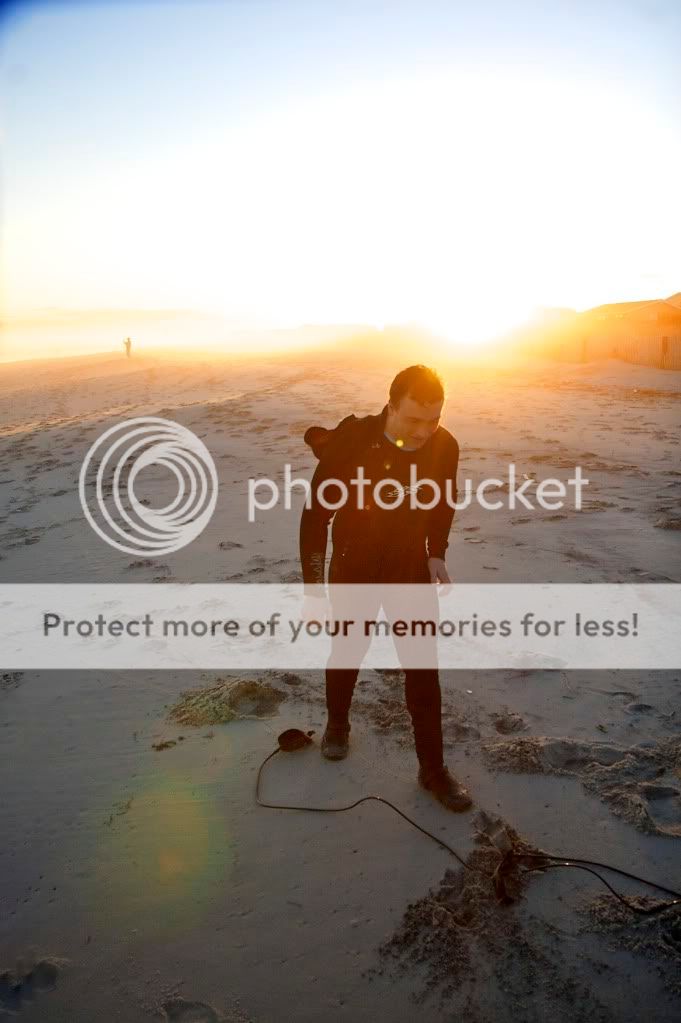




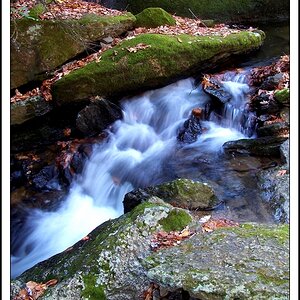
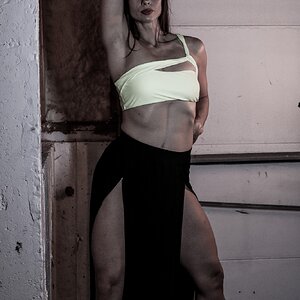

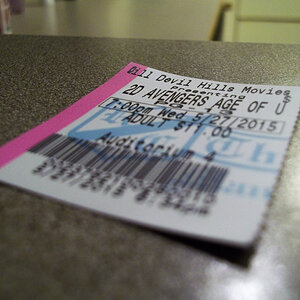
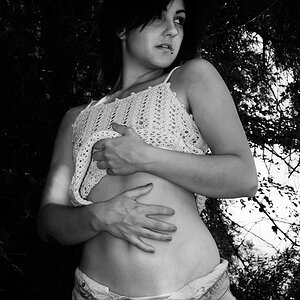
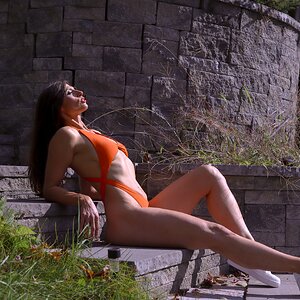
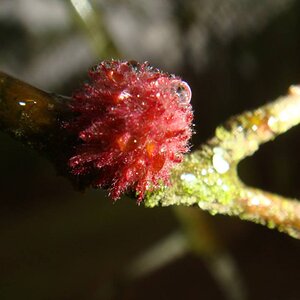
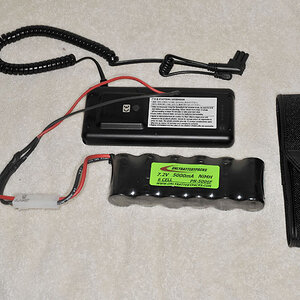
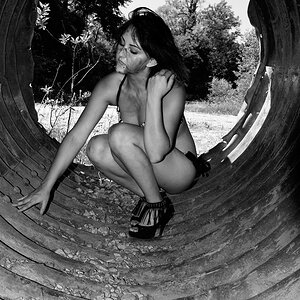
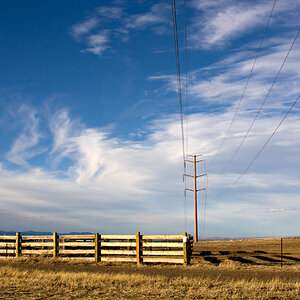
![[No title]](/data/xfmg/thumbnail/42/42452-e36799eaff36dca02ffc57ce660e5e20.jpg?1619740190)
